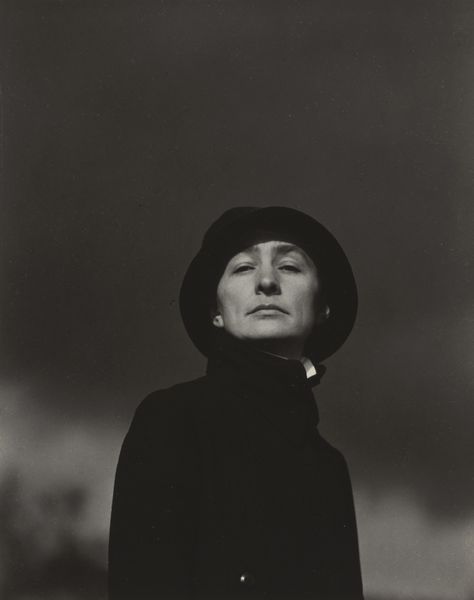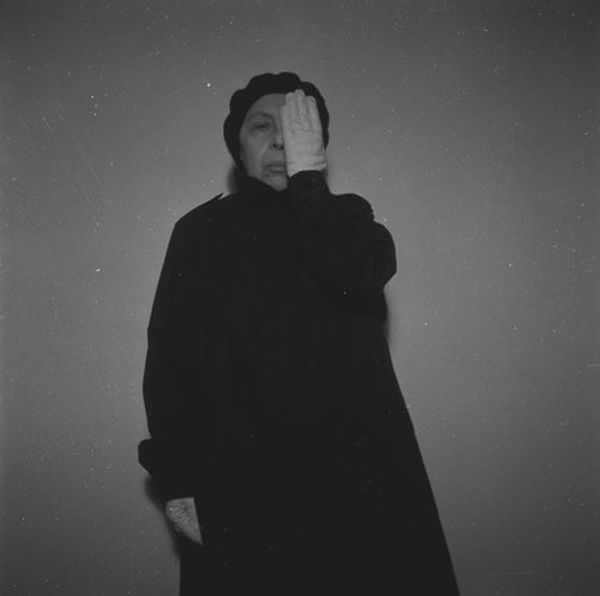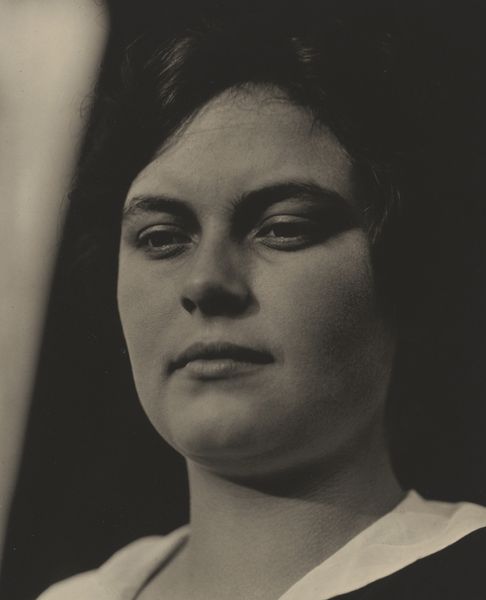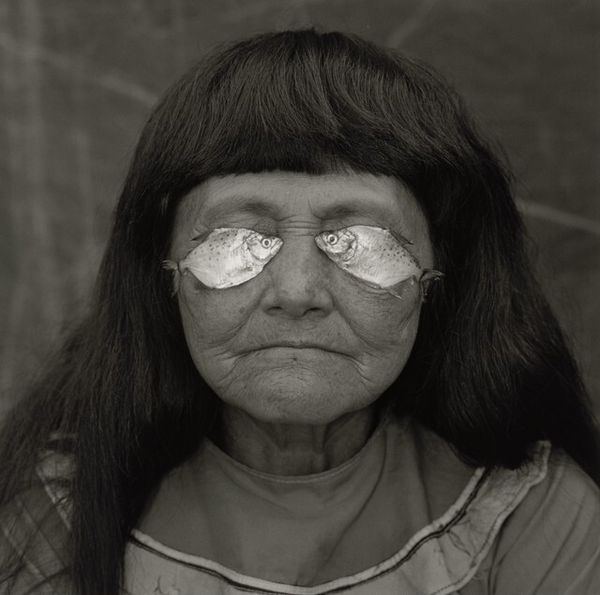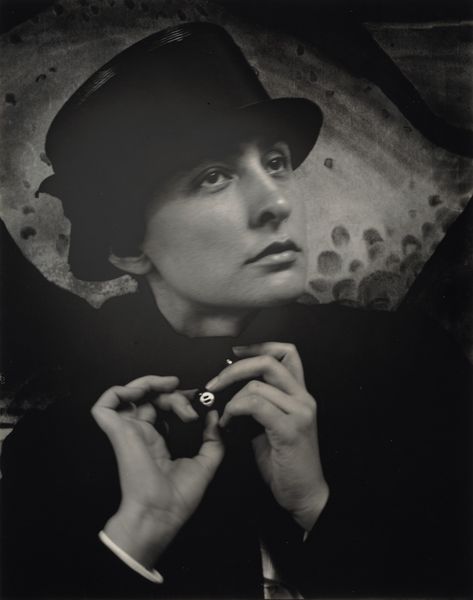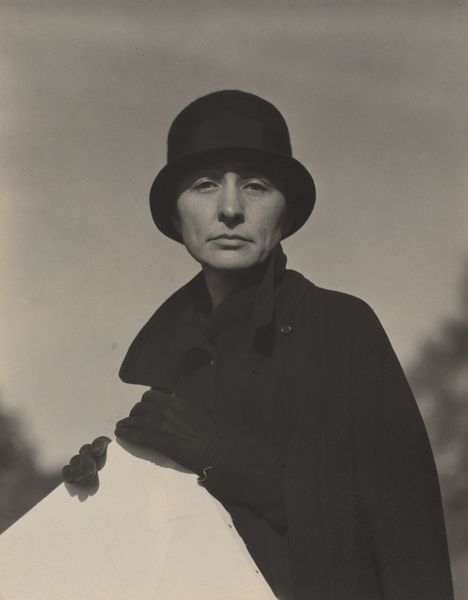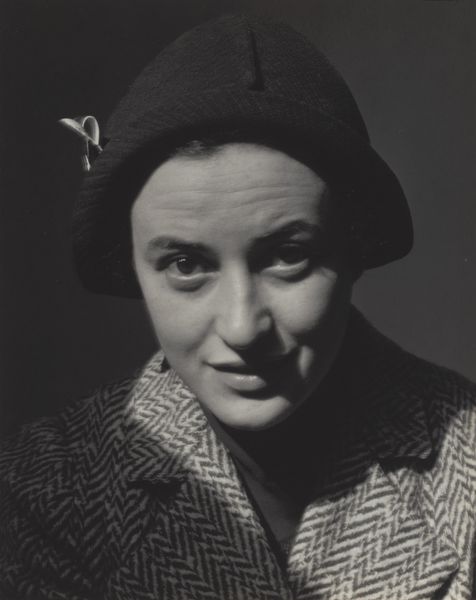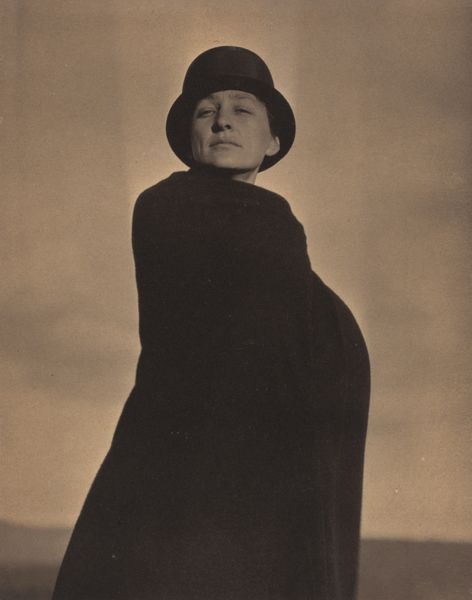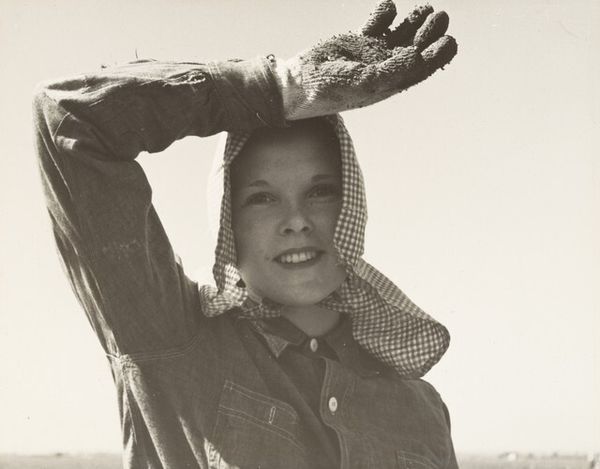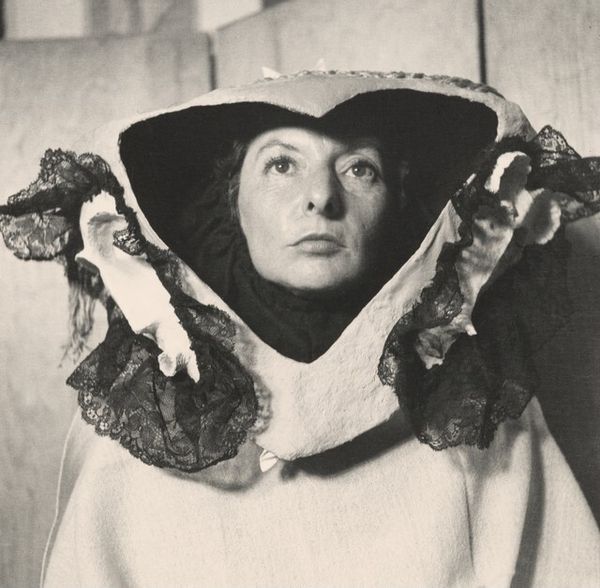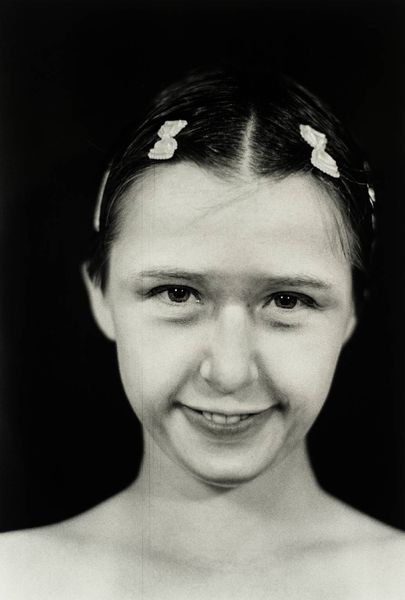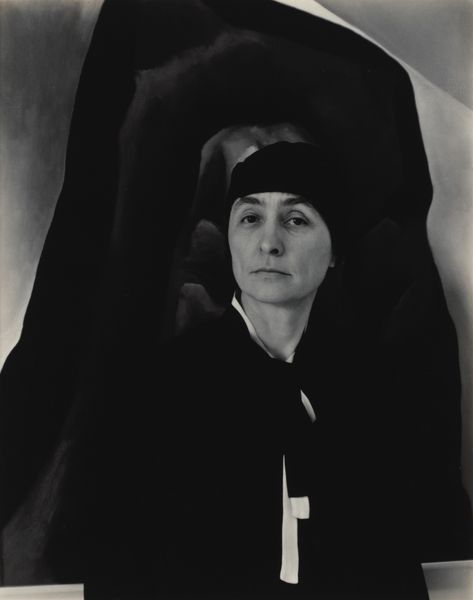
photography, gelatin-silver-print
#
portrait
#
portrait
#
photography
#
black and white
#
gelatin-silver-print
#
realism
Dimensions: image: 25.4 × 25.4 cm (10 × 10 in.) sheet: 35.2 × 27.9 cm (13 7/8 × 11 in.)
Copyright: National Gallery of Art: CC0 1.0
Editor: This is Dorothea Lange's gelatin-silver print, "Irish child, County Clare, Ireland," from 1954. It's a very direct portrait, and the girl's expression is so engaging. What do you see in this piece, beyond the surface? Curator: I see a layering of gazes. The girl looks directly at us, almost confronting us with the realities of her existence in 1950s rural Ireland. Lange, known for her Depression-era photography, often captured the vulnerable and marginalized. This image begs the question: What does it mean to represent a child's identity, particularly through the lens of colonialism and post-colonial poverty? The very act of documentation is loaded. Editor: That's fascinating. I hadn’t thought about the power dynamics inherent in who gets to be seen and how. Curator: Exactly. Consider also the significance of the traditional clothing. It speaks to a cultural heritage, but also potentially to economic hardship and a way of life under pressure from modernization. The freckles, the slightly uneven teeth – these details humanize her, yet they also become part of a visual narrative about Irish identity at the time. Do you think Lange intended to romanticize or critique this existence? Editor: I’m not sure. Maybe a bit of both? The lighting is soft, which gives it a sense of warmth, but your point about the social context really complicates that. Curator: Ultimately, the photograph opens a dialogue. It challenges us to confront our own assumptions about representation, class, and cultural identity, even decades later. And to consider Lange's own positionality as an American photographer documenting the lives of others. Editor: I’ll definitely be thinking about this one for a while. Thanks for the insight!
Comments
No comments
Be the first to comment and join the conversation on the ultimate creative platform.
